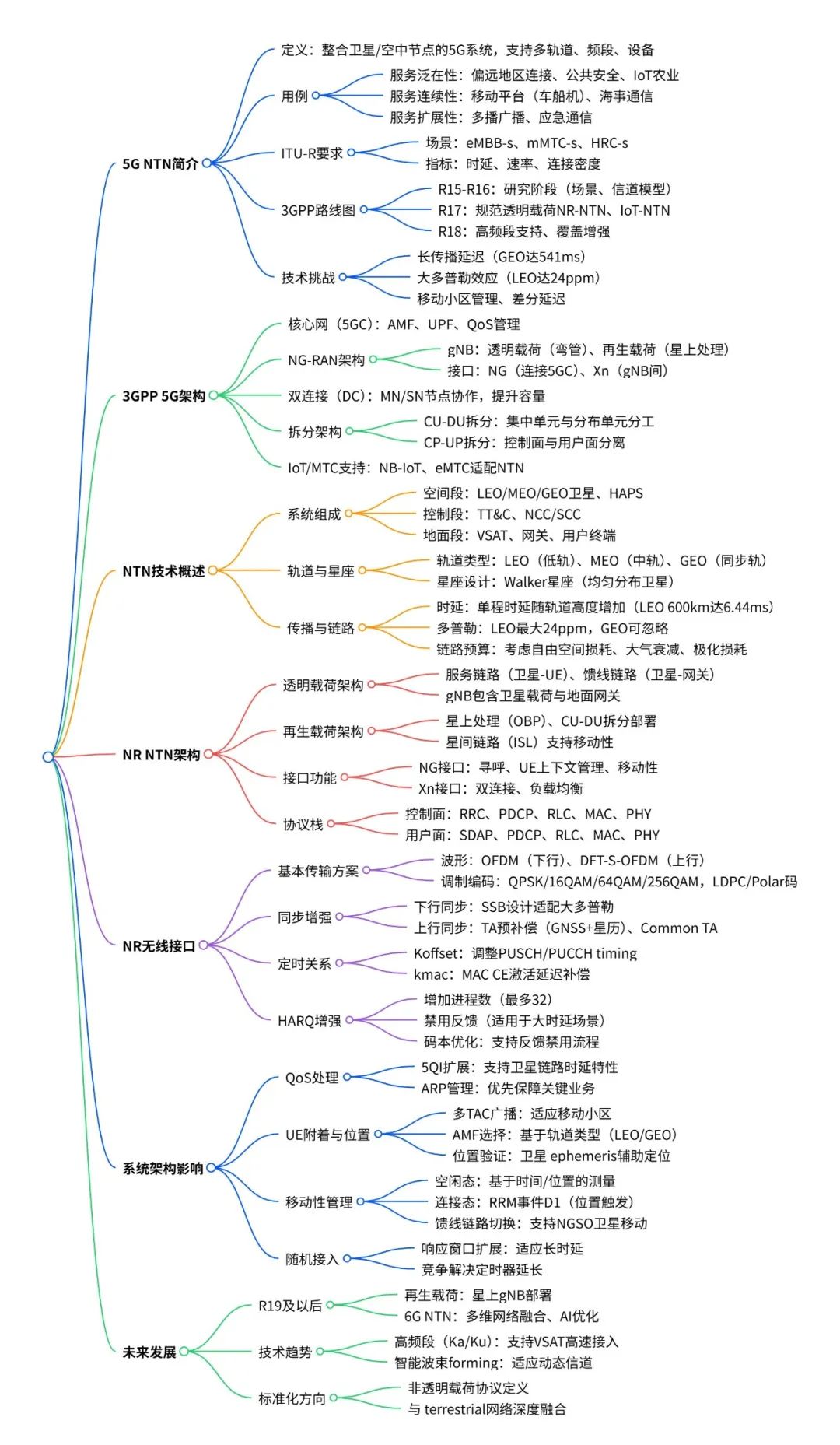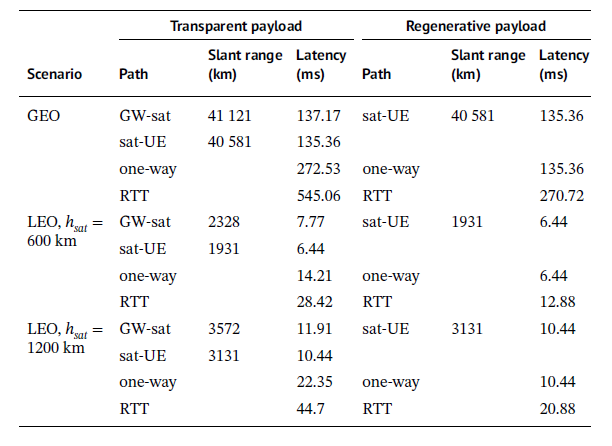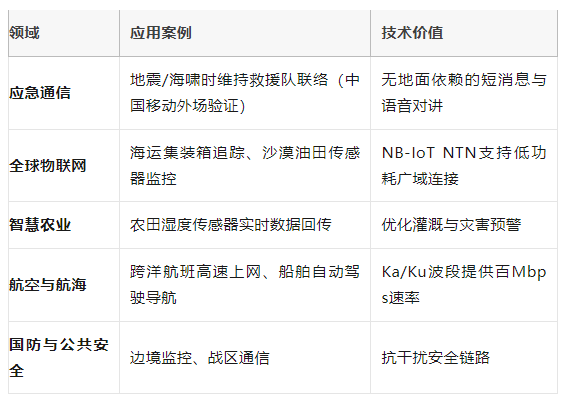Satellite Internet: 5G-NTN Technology and Architecture
![]() 06/30 2025
06/30 2025
![]() 733
733
Amidst the rapid evolution of satellite internet and the forthcoming integration of space-air-ground communication networks for 6G, NTN (Non-Terrestrial Networks) satellite communications have emerged as a vibrant growth sector in the communications industry. Below, we elucidate the technical trajectory and architecture of 5G-NTN through an intuitive mind map.

I. 5G-NTN Technical Definition and Background
5G-NTN represents a globally encompassing communication system that fuses satellites, high-altitude platforms (HAPS), and unmanned aerial vehicles (UAVs) with terrestrial 5G networks. It addresses connectivity issues in areas underserved by traditional terrestrial base stations (like oceans, deserts, and remote mountainous regions), aiming to augment global network coverage from less than 40% on land to comprehensive coverage. Its standardization was introduced in 3GPP R17 and continues to be refined in R18, signifying the formal integration of satellite communications into the 5G ecosystem.
II. Technical Architecture and Working Principle
1. Core Components
Satellite Types:
- LEO (Low Earth Orbit): 500-2000 km above Earth, latency < 70ms, ideal for real-time applications (e.g., Starlink satellites, GW constellations, Qianfan constellations).
- GEO (Geostationary Orbit): 36,000 km above Earth, offers wide coverage but high latency (around 250ms), suitable for broadcasting services.
- MEO (Medium Earth Orbit): Situated between LEO and GEO, latency < 150ms, used for navigation, among others.
- HAPS (High-Altitude Platform Systems): Stratospheric balloons or UAVs serving as temporary relay stations.
Terminal Devices: Smartphones equipped with satellite communications (e.g., Samsung Exynos chips), IoT sensors, or VSAT terminals.
2. Network Architecture Modes and Working Principles
| Mode | Working Principle | Advantages | Disadvantages |
|---|---|---|---|
| Transparent Payload Satellite | The satellite merely relays signals, with base station processing conducted on the ground. | Low cost, easy deployment. | High latency (up to 500ms for GEO). |
| Regenerative Payload Satellite | The satellite incorporates a 5G base station (gNodeB) to process signals. | Low latency, supports inter-satellite links. | High cost for satellite modification. |
| Satellite Backhaul | The satellite provides backhaul links for remote base stations. | Extends terrestrial network coverage. | N/A |
3. Key Technical Challenges and Solutions
- Doppler Shift: High-speed satellite movement causes signal frequency offset. Terminals preemptively compensate using GNSS positioning and ephemeris data (e.g., Samsung Exynos solution).
- Ultra-High Latency: GEO link latency exceeds 250ms. Impacts are mitigated through protocol optimization (e.g., extending HARQ processes to 32).
- Frequent Cell Handovers: High-speed LEO satellite movement leads to frequent handovers. Predictive handover algorithms are employed to minimize signaling overhead.

III. Core Advantages and Innovative Value
- Global Coverage Capability: Covers maritime, polar, and other terrestrial network blind spots, addressing 95% of global communication gaps.
- Low Latency and High Speed: LEO satellites offer peak rates of 20Gbps, supporting HD video transmission and real-time control (e.g., remote surgery).
- High Reliability: Replaces damaged terrestrial networks during natural disasters, ensuring emergency communications (e.g., China Mobile's disaster relief pilot).
- Cost Optimization: Standardized chips (e.g., Exynos modems) reduce terminal costs, fostering consumer-grade applications.
IV. Application Scenarios and Cases

V. Challenges and Future Development
Existing Challenges:
- Spectrum Interference: Coordination of Ka/Ku bands for terrestrial and satellite frequencies is essential.
- Space Debris: The proliferation of low-orbit satellites may pose orbital collision risks.
- Energy Consumption: High carbon emissions from satellite launch and operation.
Technological Evolution Directions:
- R18 Standard Enhancement: Supports Ka-band VSAT terminals, VoIP services, and seamless satellite-terrestrial handover.
- 6G Foundation: Establishes an integrated space-air-ground-sea network (e.g., Samsung's 6G IoE layout).
Industry Collaboration:
Projects like the EU IRIS and China Mobile-ZTE field verifications are catalyzing commercial deployment.
Conclusion
5G-NTN is redefining global connectivity: It's not merely a 'patch' for coverage gaps but the bedrock supporting a smart planet—from unmanned farms to transoceanic flights, from emergency disaster relief to national defense security. With advancements in chip integration (e.g., Samsung Exynos), protocol optimization, and low-cost satellite launches, direct satellite connectivity for mobile phones will transition from tech demonstrations to widespread services within the next five years, truly achieving 'one world, seamlessly connected'.
However, we acknowledge that, given commercialization considerations, the design and communication systems of various global constellations are not uniform. They will offer services tailored to industry users based on their specific application scenarios, needs, and industrial chain ecosystems.








